Reebok 2012 Annual Report Download - page 142
Download and view the complete annual report
Please find page 142 of the 2012 Reebok annual report below. You can navigate through the pages in the report by either clicking on the pages listed below, or by using the keyword search tool below to find specific information within the annual report.-
 1
1 -
 2
2 -
 3
3 -
 4
4 -
 5
5 -
 6
6 -
 7
7 -
 8
8 -
 9
9 -
 10
10 -
 11
11 -
 12
12 -
 13
13 -
 14
14 -
 15
15 -
 16
16 -
 17
17 -
 18
18 -
 19
19 -
 20
20 -
 21
21 -
 22
22 -
 23
23 -
 24
24 -
 25
25 -
 26
26 -
 27
27 -
 28
28 -
 29
29 -
 30
30 -
 31
31 -
 32
32 -
 33
33 -
 34
34 -
 35
35 -
 36
36 -
 37
37 -
 38
38 -
 39
39 -
 40
40 -
 41
41 -
 42
42 -
 43
43 -
 44
44 -
 45
45 -
 46
46 -
 47
47 -
 48
48 -
 49
49 -
 50
50 -
 51
51 -
 52
52 -
 53
53 -
 54
54 -
 55
55 -
 56
56 -
 57
57 -
 58
58 -
 59
59 -
 60
60 -
 61
61 -
 62
62 -
 63
63 -
 64
64 -
 65
65 -
 66
66 -
 67
67 -
 68
68 -
 69
69 -
 70
70 -
 71
71 -
 72
72 -
 73
73 -
 74
74 -
 75
75 -
 76
76 -
 77
77 -
 78
78 -
 79
79 -
 80
80 -
 81
81 -
 82
82 -
 83
83 -
 84
84 -
 85
85 -
 86
86 -
 87
87 -
 88
88 -
 89
89 -
 90
90 -
 91
91 -
 92
92 -
 93
93 -
 94
94 -
 95
95 -
 96
96 -
 97
97 -
 98
98 -
 99
99 -
 100
100 -
 101
101 -
 102
102 -
 103
103 -
 104
104 -
 105
105 -
 106
106 -
 107
107 -
 108
108 -
 109
109 -
 110
110 -
 111
111 -
 112
112 -
 113
113 -
 114
114 -
 115
115 -
 116
116 -
 117
117 -
 118
118 -
 119
119 -
 120
120 -
 121
121 -
 122
122 -
 123
123 -
 124
124 -
 125
125 -
 126
126 -
 127
127 -
 128
128 -
 129
129 -
 130
130 -
 131
131 -
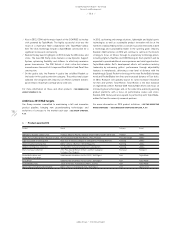 132
132 -
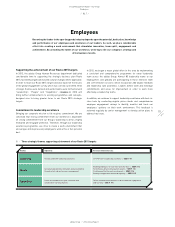 133
133 -
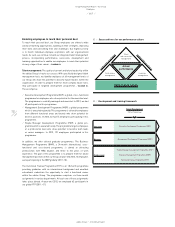 134
134 -
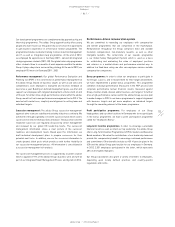 135
135 -
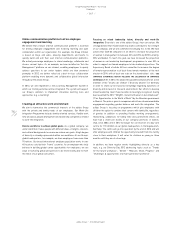 136
136 -
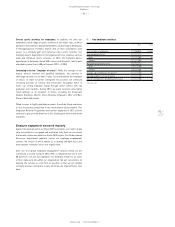 137
137 -
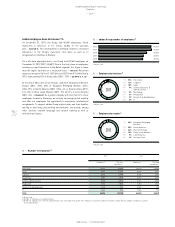 138
138 -
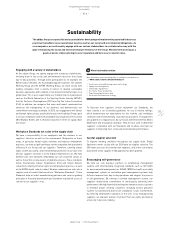 139
139 -
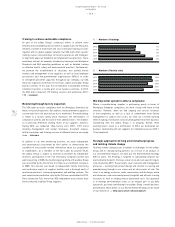 140
140 -
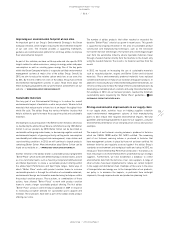 141
141 -
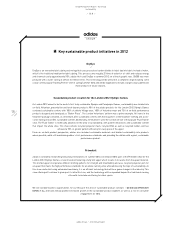 142
142 -
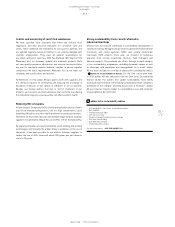 143
143 -
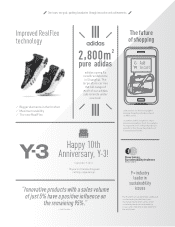 144
144 -
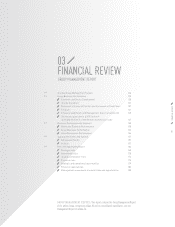 145
145 -
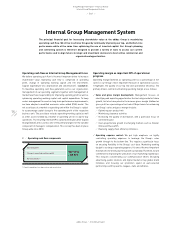 146
146 -
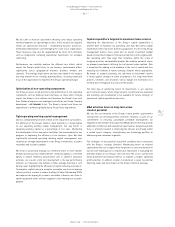 147
147 -
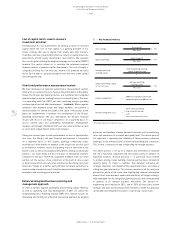 148
148 -
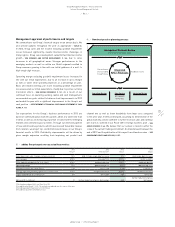 149
149 -
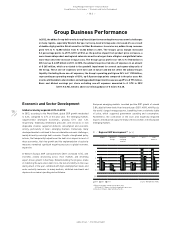 150
150 -
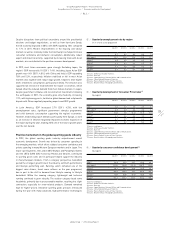 151
151 -
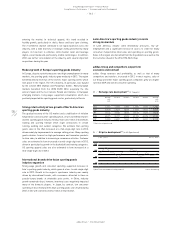 152
152 -
 153
153 -
 154
154 -
 155
155 -
 156
156 -
 157
157 -
 158
158 -
 159
159 -
 160
160 -
 161
161 -
 162
162 -
 163
163 -
 164
164 -
 165
165 -
 166
166 -
 167
167 -
 168
168 -
 169
169 -
 170
170 -
 171
171 -
 172
172 -
 173
173 -
 174
174 -
 175
175 -
 176
176 -
 177
177 -
 178
178 -
 179
179 -
 180
180 -
 181
181 -
 182
182 -
 183
183 -
 184
184 -
 185
185 -
 186
186 -
 187
187 -
 188
188 -
 189
189 -
 190
190 -
 191
191 -
 192
192 -
 193
193 -
 194
194 -
 195
195 -
 196
196 -
 197
197 -
 198
198 -
 199
199 -
 200
200 -
 201
201 -
 202
202 -
 203
203 -
 204
204 -
 205
205 -
 206
206 -
 207
207 -
 208
208 -
 209
209 -
 210
210 -
 211
211 -
 212
212 -
 213
213 -
 214
214 -
 215
215 -
 216
216 -
 217
217 -
 218
218 -
 219
219 -
 220
220 -
 221
221 -
 222
222 -
 223
223 -
 224
224 -
 225
225 -
 226
226 -
 227
227 -
 228
228 -
 229
229 -
 230
230 -
 231
231 -
 232
232 -
 233
233 -
 234
234 -
 235
235 -
 236
236 -
 237
237 -
 238
238 -
 239
239 -
 240
240 -
 241
241 -
 242
242 -
 243
243 -
 244
244 -
 245
245 -
 246
246 -
 247
247 -
 248
248 -
 249
249 -
 250
250 -
 251
251 -
 252
252 -
 253
253 -
 254
254 -
 255
255 -
 256
256 -
 257
257 -
 258
258 -
 259
259 -
 260
260 -
 261
261 -
 262
262 -
 263
263 -
 264
264 -
 265
265 -
 266
266 -
 267
267 -
 268
268 -
 269
269 -
 270
270 -
 271
271 -
 272
272 -
 273
273 -
 274
274 -
 275
275 -
 276
276 -
 277
277 -
 278
278 -
 279
279 -
 280
280 -
 281
281 -
 282
282
 |
 |
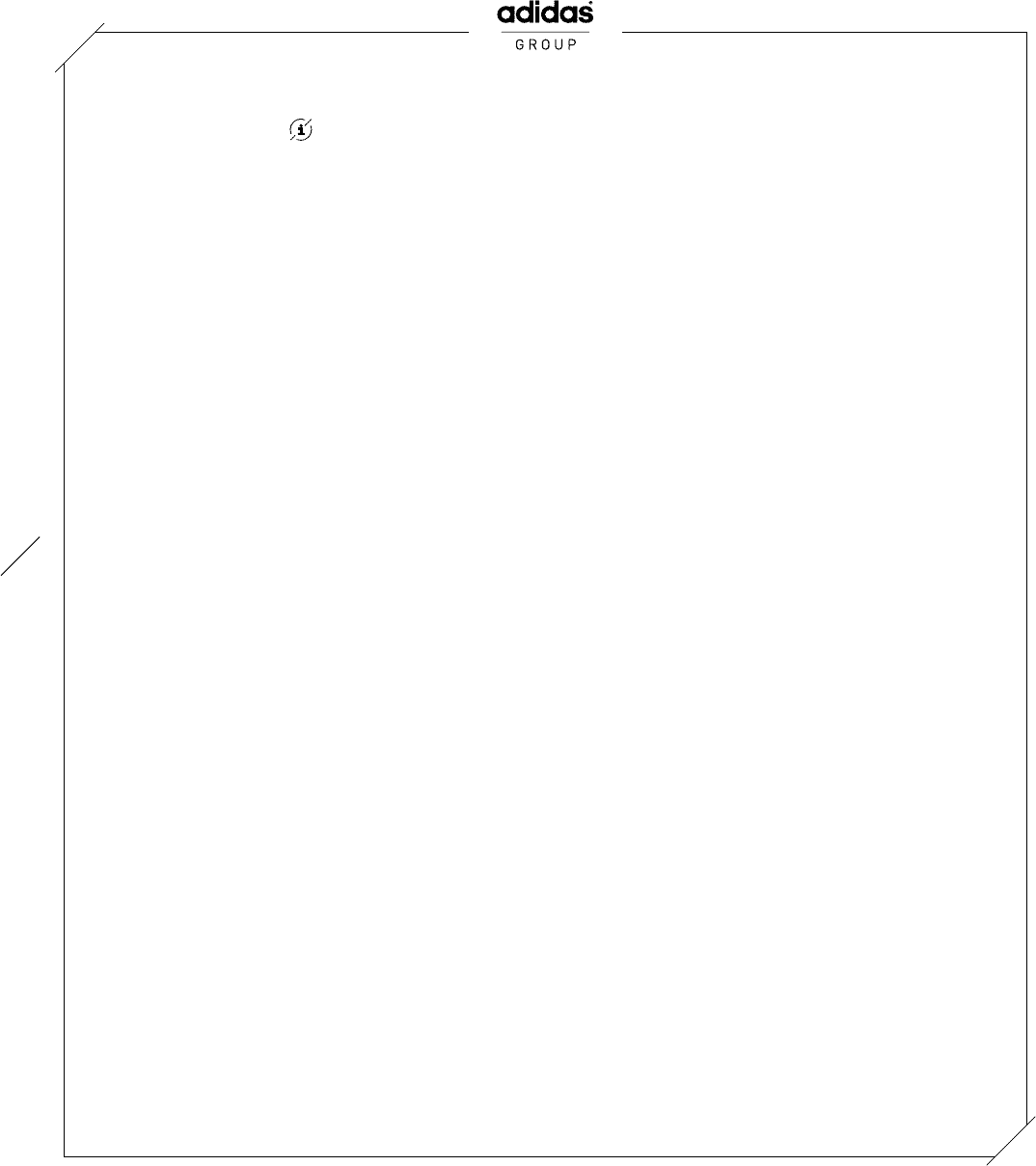
adidas Group
/
2012 Annual Report
Group Management Report – Our Group
120
2012
Sustainability
/
02.8
/
DryDye
/
DryDye is an innovative fabric dyeing technology that uses pressurised carbon dioxide to inject dye into fabric instead of water,
which is the traditional medium for fabric dyeing. This process saves roughly 25 litres of water for a t-shirt and reduces energy
and chemical use by approximately 50%. adidas first used DryDye in summer 2012, on a line of graphic tees. 50,000 tees were
produced with a water saving of almost 2.5 million litres. This technology will be utilised in a complete range including some
colours of the popular Training Prime t-shirt in spring/summer 2013 and will be expanded to include a larger colour palette and
more products in future seasons.
Sustainable product creation for the London 2012 Olympic Games
/
As London 2012 aimed to be the world’s first truly sustainable Olympic and Paralympic Games, sustainability was briefed into
on-field, Volunteer, presentation and torch bearer products. 90% of the adidas products for the London 2012 Olympic Games
contained sustainable content, with 100% of athlete Village wear, 100% of Volunteer wear and 73% of on-field performance
products designed and developed as “Better Place”. The London Volunteers’ uniform was a prime example. All items in the
Volunteer package contained, at a minimum, 35% sustainable content, with three quarters of the Volunteer clothing and acces-
sories having at least 50% sustainable content. Additionally, all Volunteers wore the London version of the popular Fluid Trainer
shoe. The Fluid Trainer is technically advanced in the area of sustainability, with pattern innovations and sustainable content
that impact the whole shoe. This shoe contains recycled polyester mesh, recycled EVA, as well as recycled rubber, and has
achieved a 70% or greater pattern efficiency for every piece of the upper.
From an on-field product perspective, adidas also included sustainable materials and briefed sustainability into products
where possible, while still maintaining adidas’ strict performance standards and providing the athlete with a great, sustainable
performance product.
Primeknit
/
adidas is constantly researching new product innovations. In summer 2012, we released 2012 pairs of the Primeknit shoe for the
London 2012 Olympic Games, a new innovation featuring a fully knit upper which results in no waste from the upper material.
This knitted upper incorporates different knitting patterns for strength and breathability and uses recycled polyester yarn for
an upper that meets the high performance standards for an adidas running shoe while addressing the topic of sustainability. As
this shoe can be knit using automated machinery, it is an efficient technology that will be a game changer in the industry. This
shoe offering will continue to grow past its initial first run, and the technology will be expanded beyond the traditional running
silhouette to include an offering for other sports.
We see sizeable business opportunities for our Group in the area of sustainable product concepts
/
SEE RISK AND OPPORTUNITY
REPORT, P. 164, and have already planned increased growth in the sustainable product segment as well as a rise in consumer
engagement for 2013.
Key sustainable product initiatives in 2012
